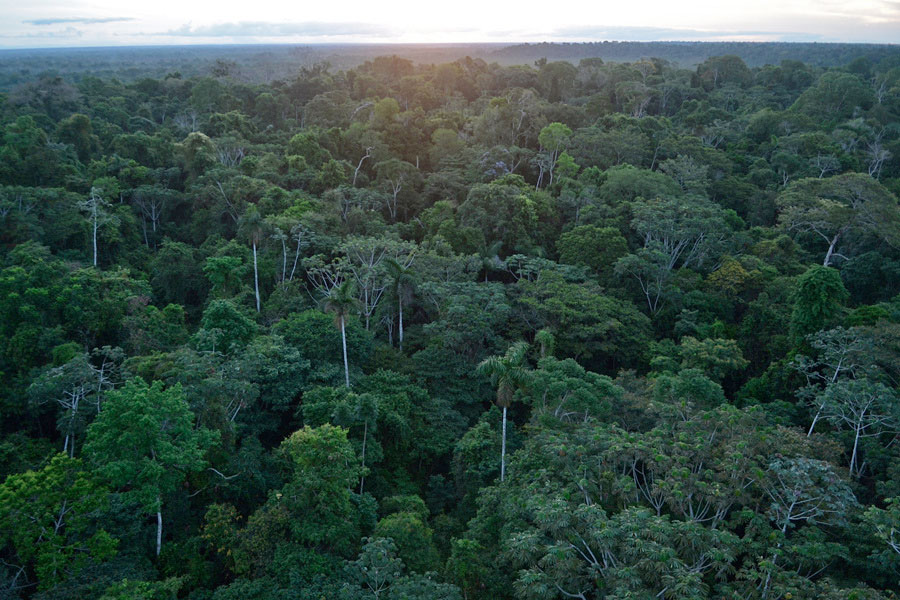
You might think of a “working forest” as a forest where timber is being actively managed and harvested, and that’s usually true. But these days, a lot more goes into forest management than just growing and cutting down trees. Forestry companies are increasingly integrating conservation work into their operations, hiring wildlife biologists and other specialists, and working with government and non-profit organizations to protect and increase biodiversity.
In the United States, maintaining certification from entities like the Sustainable Forestry Initiative (SFI) requires companies in the forest products industry to meet stringent standards for protecting fish, wildlife, clean air and clean water. Active forest management backed by this kind of third-party certification is a proven conservation tool, and maintaining working relationships between business interests and conservationists is critical for the health of our forests.
The Wildlife Society, an international organization working to create a better future for wildlife and their habitats, has written about the importance of these collaborations, and their success in protecting habitat for birds, reptiles, amphibians, mammals and other creatures that live in these environments.
“For the past century, forest cover has remained stable in the United States —thanks largely to private landowners. About 180 million hectares — 58% of the nation’s forests — are in private hands (Oswalt, et al. 2014). Income from forest management helps forestall conversion to other uses, allowing landowners to keep the land forested (National Commission on Science for Sustainable Forestry 2005) while providing conservation benefits. These working forests are vital for the conservation of biological diversity, including at-risk and listed species, including 60% of species listed under the Endangered Species Act.”
Private landowners ranging from huge multi-national companies to individuals are collaborating under an approach called “Conservation Without Conflict,” building trust between the public and private sectors and making a commitment to conservation in working forests. A new partnership established by the National Alliance of Forest Owners (NAFO) called the Wildlife Conservation Initiative (WCI) is dedicated to finding innovative science-based solutions that benefit everyone involved.
“There are examples of success from such collaborations. The first example — a 1,505-hectare conservation easement on property managed by Resource Management Service, LLC (RMS) — is a step toward the U.S. Fish and Wildlife Service goal of conserving 3.2 million hectares of longleaf pine (Pinus palustris) by 2025. This easement will benefit multiple species adapted to open pine forest conditions such as the gopher tortoise (Gopherus polyphemus) and reticulated flatwoods salamander (Ambystoma bishopi ). As another example, the Kirtland’s warbler (Setophaga kirtlandii) has recently been delisted due in large part to a public-private collaboration.”
“Conservation Without Conflict and WCI are interrelated, collaborative efforts, much like past efforts that have successfully conserved at-risk and recovered species, including the Louisiana black bear, which was delisted thanks to partner-ships to create forest corridors on private lands connecting critical areas… This success means that we all win — the private forest community, natural resource professionals, the public that uses and enjoys our wildlife resources and, of course, the diverse wildlife communities that call forests home.”
Read the whole Wildlife Society report here (PDF).
Image of the endangered New England Cottontail Rabbit via Wikimedia Commons



